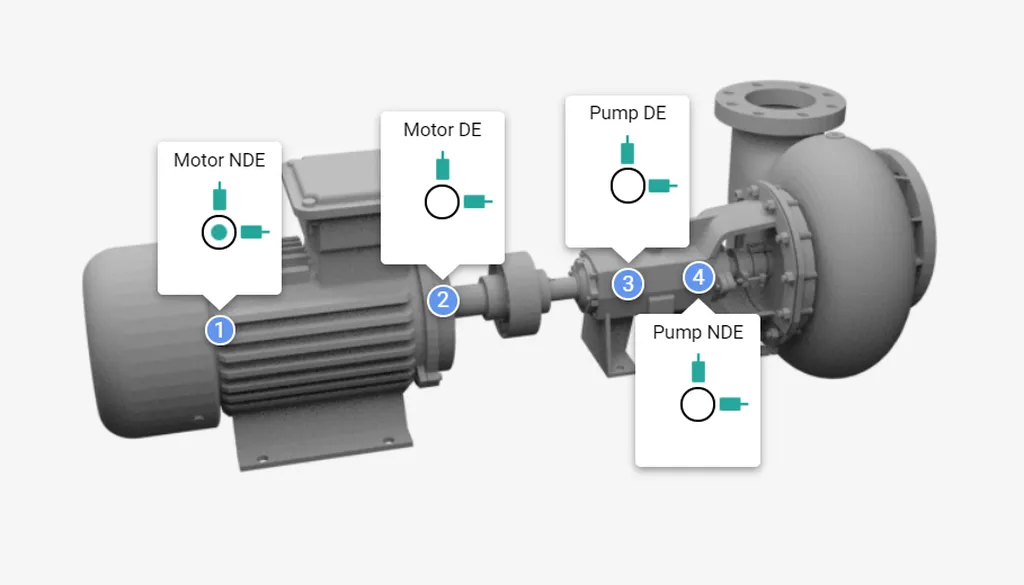In the heart of Kazakhstan, researchers have uncovered a critical insight into the behavior of materials under vibration, a discovery that could reshape the future of centrifugal pumps in the energy sector. O.V. Ivanova, a leading researcher at the Joldasbekov Institute of Mechanics and Engineering in Almaty, has published a study in the Archives of Metallurgy and Materials (Archiwum Odlewnictwa) that delves into the intricate dance between vibration frequencies and material durability.
Centrifugal pumps, the workhorses of many industrial processes, are subjected to constant vibration during operation. Understanding how these vibrations affect the material’s phase structure and physical properties is crucial for enhancing the pumps’ longevity and efficiency. Ivanova’s research has revealed that the natural frequencies of the impeller, the rotating component of the pump, are significantly higher than the operating speed, indicating a robust structural design.
“The natural frequencies of the impeller are more than 75% higher than the operating speed,” Ivanova explains. “This suggests that the wheel structure has sufficient rigidity for the selected materials, 12Cr7Mn3SiC.”
However, the story doesn’t end with structural rigidity. Ivanova’s team discovered that different vibration frequencies lead to varying stress formations and changes in the material’s phase structure. The study found that cyclic loads of vibrational frequencies caused grain grinding, increased hardness, and even the appearance of cracks in the most loaded parts of some samples.
“This is a significant finding,” Ivanova notes. “It allows us to predict defects with high accuracy at the stage of pre-destruction of the molecular bonds of the material structure.”
The implications for the energy sector are substantial. Centrifugal pumps are ubiquitous in power plants, oil refineries, and water treatment facilities. Understanding how vibration affects material durability can lead to better design practices, improved maintenance schedules, and increased operational efficiency.
Moreover, the research provides a roadmap for future developments. By identifying the optimal range of permissible frequency oscillations, engineers can design pumps that avoid resonant states, thereby enhancing durability and reducing maintenance costs.
Ivanova’s work is a testament to the power of fundamental research in driving industrial innovation. As the energy sector continues to evolve, insights like these will be instrumental in shaping the technologies of the future.
In the words of Ivanova, “This research is not just about understanding the past; it’s about building a more resilient future.” And in the world of energy, resilience is key.

